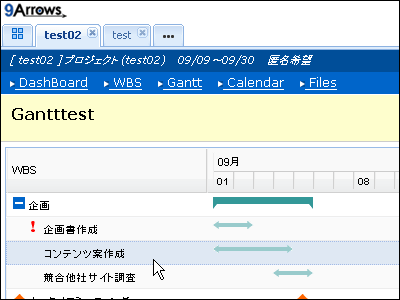What is the perfect system 'PARA method' for organizing digital information?

People who handle various digital information such as work and hobby materials and tasks manage which project with which application, what material in which folder is used for what, and what progress is now and what is the goal. Perhaps there are many experiences that it was difficult to organize. The PARA method is a methodology advocated by
The PARA Method: A Universal System for Organizing Digital Information --Forte Labs
https://fortelabs.co/blog/para/

Forte Labs founder productivity expert Tiago Forte said, with technology to improve the productivity of intellectual workers and acquire idea management skills, with a 'future of human-centered work'. We deliver courses to help you all over the world. Forte cites 'universal' as a requirement for 'a perfect organizational system that supports and enhances work and tells you exactly where to put information and where to find it when and when you need it.' 'Comprehensive information' 'Flexibility' 'Simple and no hassle or reorganization' 'Practical' 'Applicable to any app' 'Result-oriented' ' Modular system that allows you to select details according to your needs' 'New It can be used without burden on the work being performed instead of introducing it to the system. '
The 'PARA method' was developed by Mr. Forte as a system for organizing digital information that meets all of these eight requirements. PARA is an abbreviation for 'P (project)', 'A (area)', 'R (resource)', 'A (archive)', and is an abbreviation for anything that you may face in your work or life. It is said that it is a top-level category that covers all types of information.
In PARA, a 'project' is a 'time-limited, goal-linked set of tasks.' Tasks are unlimited and include large projects, blogging, meeting attendance, and more.

'Area' refers to 'responsible area' and 'area of activity with standards that should be maintained over the long term'. Forte cites product development, online drawing, personal health and financial management, and relationships with friends as examples.
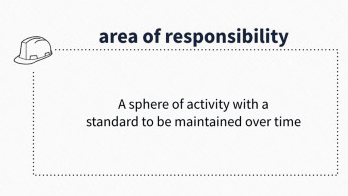
'Resources' refers to 'topics or themes of continuous interest' and are checks and management performed as habitual daily activities, hobbies, and work routines.
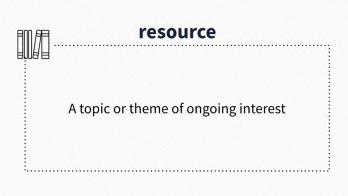
'Archive' is not included in the other three categories 'Other'. This includes projects that have expired or completed, areas that no longer require effort to maintain, and resources that are no longer of interest.
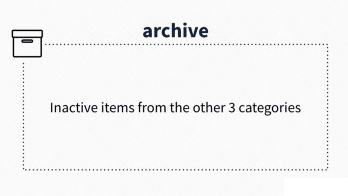
Mr. Forte explains how to handle each element of this 'PARA' using figures. We usually spend our days completing the tasks of the 'responsible area'. This applies to both work and daily life, including eating to maintain good health. Within this 'Responsible Area', each task is naturally grouped and you choose which group to work on.
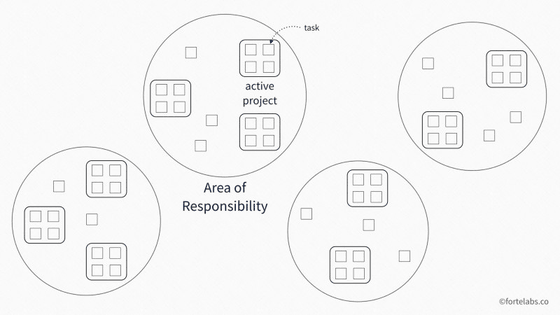
For example, in the 'Product Development' group project 'Launching Product X' in 'Responsible Areas', there is a more detailed task 'Drafting for posting a blog'. This is just one of the other 'financial reporting,' 'recruitment / staffing,' and 'business strategy' groups that you should be in charge of. In this way, Forte says it is important to understand what area the task you are doing belongs to and what the overall picture looks like and where it is currently located. I am.
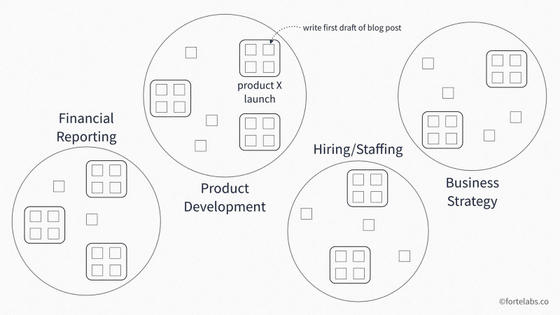
Forte also points out that many people confuse 'projects' with 'responsible areas,' which poses a deep-seated problem for individual productivity. It is important that a 'project' has goals to be achieved, and that there are deadlines and dates, in contrast, what is in the 'responsible area' is not the goals, but the 'standards to be maintained'. It is said that a certain level of caution is always required because it will continue indefinitely. If you do not divide the rough 'responsible area' and the individual 'project', you will not be able to see concretely what the individual workload is and what should be improved, or it will be rewarding because the individual project will achieve it. Problems occur, such as being worried about the area of responsibility that is always continuous without feeling, or making it difficult to see the progress of each individual.
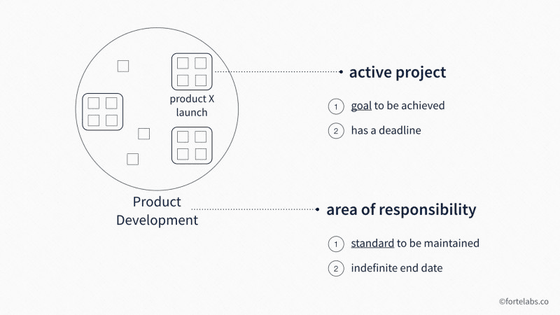
To create a clear project list, line up the project list with the goal list and draw a line between the corresponding projects and goals. Projects / goals that do not have a corresponding partner often occur here. A project without a corresponding goal is just a 'hobby' for fun, and a goal without a corresponding project is just a 'dream' and no progress can be achieved. There is nothing wrong with hobbies and dreams, but confusing it with projects and goals is a problem, and as a process of clarifying what should be done and what is important, 'projects' and 'responsible areas'. Forte explains that the image of 'is important.'
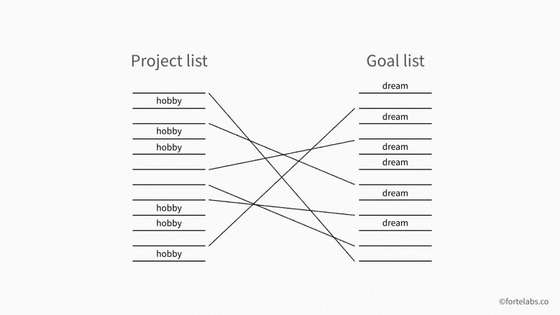
When creating a list of projects, when working across multiple apps and services, 'name them with exactly the same spelling, punctuation, and case to ensure seamless migration between programs.' To avoid complications due to excessive hierarchical structure, 'keep the hierarchy for tracking tasks and materials to about 4', distinguish between feasible and impossible information, and 'use only necessary information and others'. It's important to save the information, ”says Forte. In order to execute these, the 'PARA method' that grasps and classifies the whole task is useful.
Next, Mr. Forte explains the operation manual of the PARA method. Forte states that PARA is characterized by 'dynamic systems' and emphasizes the importance of eliciting an ever-evolving flow of information between the four categories.
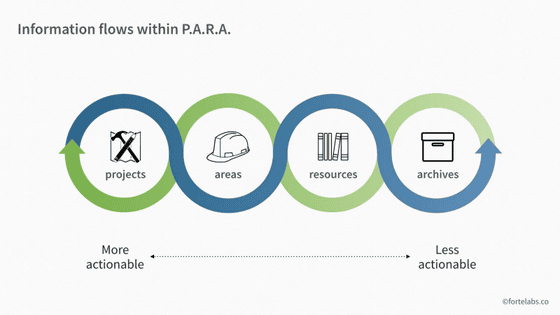
For example, in the case of a project as a starting point, a project with a time limit may shift to a long-term continuous responsibility area, and any 'intermediate work' performed or considered in the project can be a useful resource for other projects in the future. Thing. Then, it is possible to operate a single project in four different categories so that the entire project can be archived for later reference. This also applies when starting from the area of responsibility, resource archive, and it is important to perform this 'reorganization' as needed.
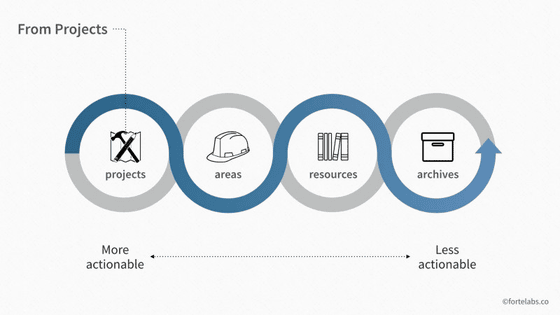
Finally, Forte gives some caveats. First, creating empty folders for projects, areas of responsibility, resources, and archives only clutters the workspace when there is no concrete content yet, and if you actually want to put something in it. The point that you should only create folders in the drive and task management. However, as an exception, when acquiring a lot of information on a smartphone, it is difficult to create a folder unlike a PC, so create a notebook or folder in advance and place the capture there. , Is useful.
Also, regarding why the area of responsibility is subdivided, it is difficult to identify 'what is missing' and 'where to make changes' just by dividing it into 'individual' and 'work', Forte said. I am. When Forte aims to achieve or improve something in a specific field, he divides his responsibility area into 22 main areas, evaluates each area more objectively, and creates a project that suits it. It seems that it is easier.
Related Posts:
in Note, Posted by log1e_dh







